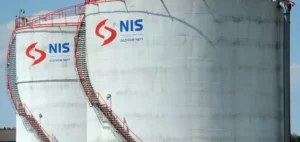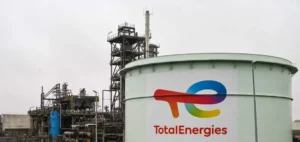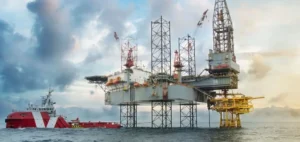BP has announced a partial restart of its Olympic Pipeline network following a shutdown caused by a detected leak north of Seattle. Only the 16-inch line has resumed operations, representing approximately 40% of the system’s total transport capacity. The 20-inch line, responsible for most deliveries to Oregon and jet fuel to Seattle-Tacoma (SEA), remains offline pending regulator-approved repairs.
High logistical dependency in the region
Olympic Pipeline is a critical infrastructure for refined fuel distribution in the U.S. Pacific Northwest. Spanning 400 miles, it connects Washington state refineries to major regional terminals. More than 90% of Oregon’s fuel supply passes through this system. The closure of the 20-inch line forces distributors to rely on alternative trucking and marine routes, increasing logistical costs and local pricing pressures.
Authorities in Washington and Oregon have activated emergency measures, including temporary exemptions from hours-of-service rules for fuel carriers. At SEA, airlines have implemented upstream fuel-loading strategies (“tankering”) to limit local demand.
Regulatory pressure and risks for BP
The leak, detected on November 11, comes amid heightened regulatory scrutiny. In December 2023, a previous spill led to a $3.8mn fine. Olympic Pipeline, owned by BP and Enbridge, is one of the most closely monitored refined product networks by the Pipeline and Hazardous Materials Safety Administration (PHMSA) and local environmental agencies.
BP, as the primary operator, may be required to fund additional inspections, segment replacements, and flow restrictions imposed by regulators. The total cost of repairs and environmental remediation has not been disclosed, but cumulative revenue losses already reach several million dollars.
Impact on the regional fuel market
The reduced pipeline capacity directly affects rack prices in Oregon and Seattle. The spread with benchmark indices such as NYMEX and USGC has widened, impacting non-integrated distributors. The affected states have temporarily authorised alternative logistics, but these measures do not eliminate stock tensions.
Jet fuel supply at SEA remains vulnerable. Heavy reliance on road transport and upstream tankering increases operational costs for airlines, with no immediate large-scale substitution options.
Possible scenarios and resilience outlook
Three scenarios are emerging over the coming months: a fast repair with a monitored return to full service, extended replacement programmes if further defects are discovered, or a strategic policy reassessment of regional energy security.
Oregon’s structural dependence on a single artery for fuel is fuelling a political debate on infrastructure diversification. Additional storage capacity and the evaluation of new logistics corridors are now under consideration.






















